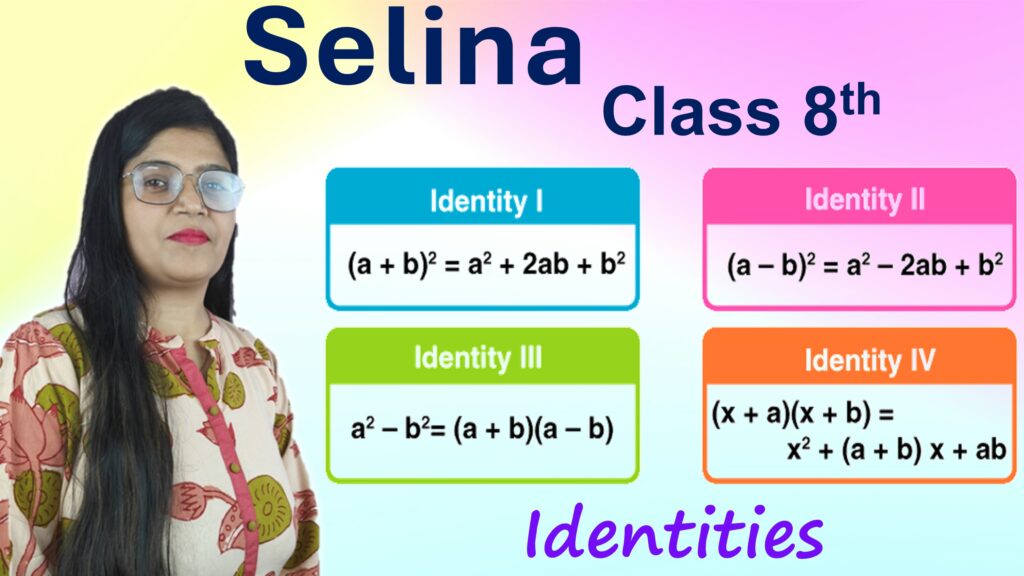Exercise: 2-D
Multiple Choice Type
Q1: Which of the following fractions can be expressed as a mixed fraction?
Solution:
To express a fraction as a mixed fraction, the numerator must be greater than the denominator. Among the given options, \(\frac{11}{10}\) is an improper fraction and can be expressed as a mixed fraction.
So, \(\frac{11}{10} = 1 \frac{1}{10}\).
Answer: \(\frac{11}{10}\)
Q2: Which of the following is an improper fraction?
Solution:
An improper fraction is one where the numerator is greater than or equal to the denominator. Among the options, \(\frac{3}{2}\) is an improper fraction because its numerator (3) is greater than its denominator (2).
Answer: \(\frac{3}{2}\)
Q3: Three-fourths of 3 is
Solution:
We need to find three-fourths of 3. This is calculated as:
\(\frac{3}{4} \times 3 = \frac{9}{4}\)
The result \(\frac{9}{4}\) is a mixed fraction, not a unit fraction, and it is greater than 1, which makes it an improper fraction.
Answer: an improper fraction
Q4: If the cost of a pen is ₹\(16\frac{2}{3}\), then, the cost of 60 pens will be
Solution:
We are given that the cost of one pen is ₹\(16\frac{2}{3}\), which can be written as \(\frac{50}{3}\) in improper fraction form.
To find the cost of 60 pens, we multiply the cost of one pen by 60:
\(\frac{50}{3} \times 60 = \frac{50 \times 60}{3} = \frac{3000}{3} = 1000\)
Answer: ₹1000
Q5: If a sheet of paper having an area \(42\frac{1}{4}\) is cut into 13 strips of equal area, then the area of a each strip will be
Solution:
The total area of the paper is \(42\frac{1}{4}\) cm², which can be written as \(\frac{169}{4}\) cm².
To find the area of each strip, divide the total area by the number of strips (13):
\(\frac{169}{4} \div 13 = \frac{169}{4} \times \frac{1}{13} = \frac{169}{52} = 3\frac{1}{4}\) cm².
Answer: \(3\frac{1}{4}\) cm²







Leave a Comment